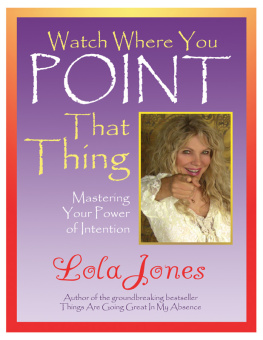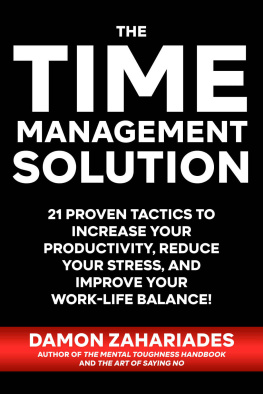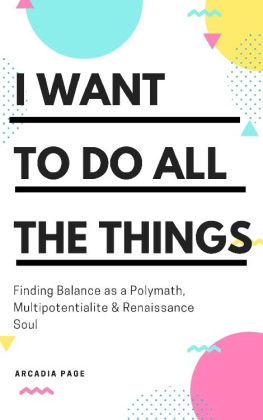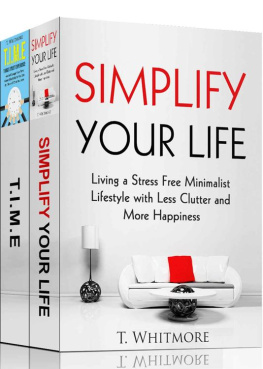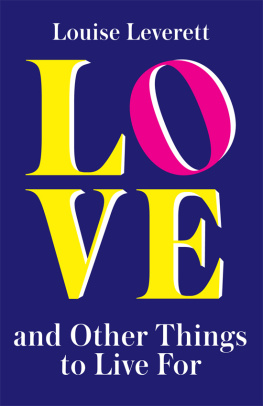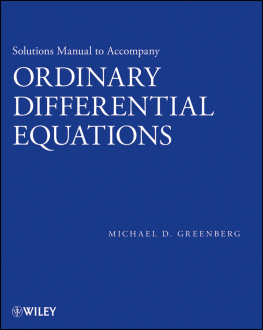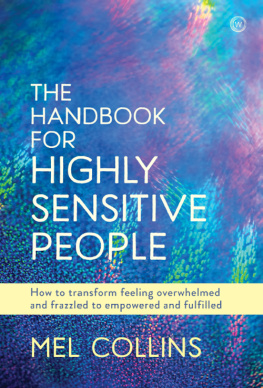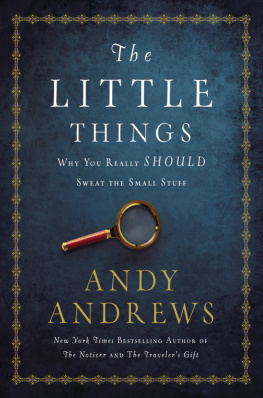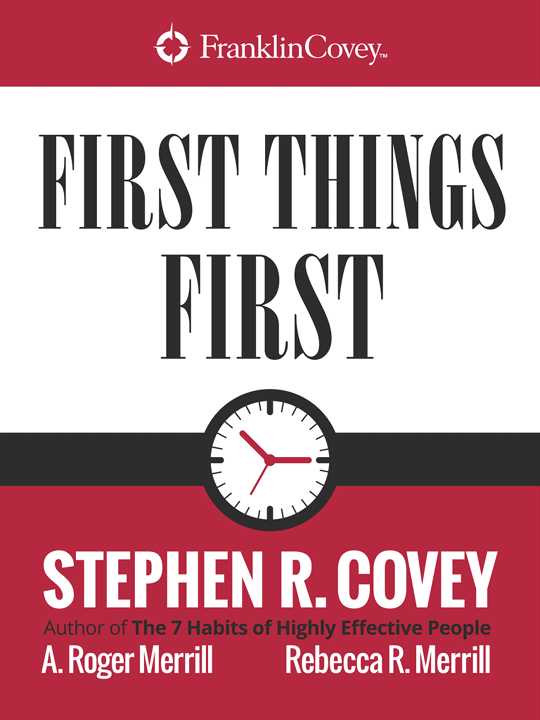Copyright 2015 by FranklinCovey Co.
Mango Media
Miami
www.mangomedia.us
www.franklincovey.com
Infographs designed by : Elina Diaz and Roberto Nunez
Produced and distributed by : Mango Media Inc.
Images provided by : FranklinCovey Co.
All rights reserved. No part of this publication may be reproduced, distributed, or transmitted in any form or by any means, including photocopying, recording, or other electronic or mechanical methods, without the prior written permission of the publisher, except in the case of brief quotations embodied in critical reviews and certain other noncommercial uses permitted by copyright law. Registered and/ or pending trademarks of FranklinCovey in the United States and foreign countries are used throughout this work. Use of the trademark symbolsor TM is limited to one or two prominent trademark usages for each mark. Trademarks understood to be owned by others are used in a non-trademark manner for explanatory purposes only, or ownership by others is indicated to the extent known. For permission requests, write to the publisher, addressed Attention: Permissions Coordinator, at the address below.
First Things First - by Stephen R. Covey (Author) , A. Roger Merill, Rebecca R. Merlll
ISBN: 978-1-63353-222-9
Table of Contents
Introduction
If working harder, smarter, and faster wont solve it, what will?
IF you were to pause and think seriously about the first things in your lifethe three or four things that matter mostwhat would they be?
Are these things receiving the care, emphasis, and time you really want to give them?
Through our work at the Covey Leadership Center, weve come in contact with many people from around the world, and were constantly impressed with what they represent. Theyre active, hardworking, competent, caring people dedicated to making a difference. Yet, these people consistently tell us of the tremendous struggles they face daily while trying to put first things first in their lives. The fact that you picked up this book indicates that you can probably identify with what theyre feeling.
Basing our happiness on our ability to control everything is futile. While we do control our choice of action, we cannot control the consequences of our choices. Universal laws or principles do. Thus, we are not in control of our lives; principles are. We suggest that this idea provides key insight into the frustration people have had with the traditional time management approach to life.
In this book, we present a dramatically different approach to time management. This is a principle centered approach. It transcends the traditional prescriptions of faster, harder, smarter, and more. Rather than offering you another clock, this approach provides you with a compassbecause more important than how fast youre going, is where youre headed.
In one sense, this approach is new; in another, its very old. Its deeply rooted in classic, timeless principles that represent a distinct contrast to the quick-fix, wealth without work approach to life promoted by so much of the current time management and success literature. We live in a modern society that loves shortcut techniques. Yet quality of life cannot be achieved by taking the right shortcut.
There is no shortcut. But there is a path. The path is based on principles revered throughout history. If there is one message to glean from this wisdom, it is that a meaningful life is not a matter of speed or efficiency. Its much more a matter of what you do and why you do it, than how fast you get it done.
Wed like to let you know what you can expect from First Things First:
In Section One , The Clock and the Compass, well look at the gap many of us feel between the way we spend our time and whats deeply important to us. Well describe the three generations of traditional time management that comprise the current paradigm of efficiency and control, and discuss why this traditional clock only approach essentially increases the gap instead of closing it. Well look at the need for a new level of thinkingfor a fourth generation thats different in kind. Well encourage you to examine the way you spend your time now to determine if youre doing whats merely urgent or whats really important in your life, and well look at the consequences of urgency addiction. Finally, well take a look at first thingsour basic human needs and capacities to live, to love, to learn, and to leave a legacyand how to put them first by using our inner compass to align our lives with the true north realities that govern quality of life.
In Section Two , The Main Thing Is to Keep the Main Thing the Main Thing, well introduce the Quadrant II organizing processa thirty-minute weekly process that subordinates the clock to the compass and empowers you to shift the focus from urgency to importance. Well go through the process once to give you a sense of the immediate benefits; then well go through each part of the process in depth to show you the richness of what it can do in your life over time. Well look at:
how to detect your mission and create an empowering future vision that gives meaning and purpose and, in effect, becomes the DNA of your life.
how to create balance and synergy among the various roles in your life.
how to set and achieve principle-based goals that create quality of life results.
how to maintain a perspective that empowers you to keep first things first.
how to act with integrity in the moment of choiceto have the wisdom and judgment to know whether putting first things first means sticking to your plan or changing... and to be able to do whichever you decide with confidence and peace.
how to turn your weeks into an upward spiral of learning and living.
In Section Three , The Synergy of Interdependence, well address the problems and the potential of the interdependent reality in which we spend 80 percent of our timean area essentially ignored or inadequately dealt with by traditional time management. Well look at the difference between transactional and transformational interactions with others. Instead of seeing other people merely as resources through which we can get more done through delegation, well see how to create powerful synergy through shared vision and synergistic agreements. Well look at empowermentthe ultimate moving the fulcrum overand offer insight into things you can do to nurture personal and organizational empowerment and become a change catalyst for your family, work group, or other organization.
In Section Four , The Power and Peace of Principle Centered Living, well look at some real life examples, and show how the fourth-generation approach will literally transform the quality of your day and the nature of what you do. Well conclude the book by focusing on the principles of peace and how to avoid the main obstacles to a life of fulfillment, meaning, and joy.
To get the most out of this material requires that you become involved with it in a deep wayto be willing to examine your life, your scripts, your motives, your first things, and what you represent. This is a highly introspective process. As you work with the material, we encourage you to pause frequently and listen to your own mind and heart. Its impossible to get deeply absorbed in this kind of profound self-knowledge and not emerge unchanged. Youll see the world differently. Youll see relationships differently. Youll see time differently. Youll see yourself differently. We are convinced that this material can empower you to close the gap between whats deeply important to you and the way you spend your time.


